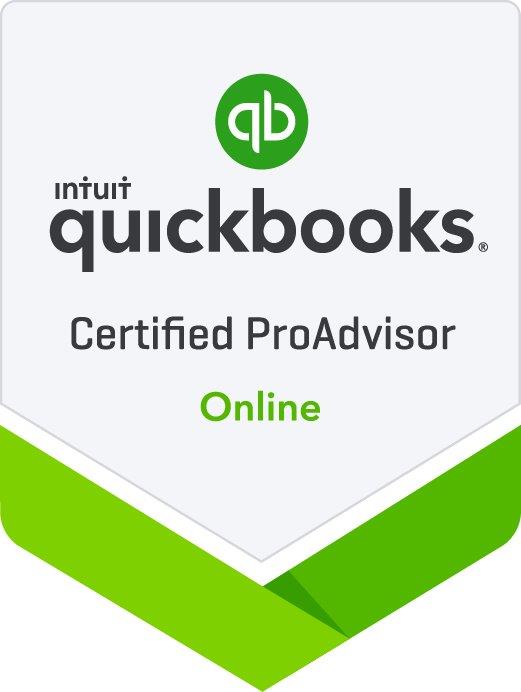Tax Tips for Finance
-
► Tax Saving Techniques
Following are some generally recognized financial planning tools that may help you reduce your tax bill.
Charitable Giving - Instead of selling your appreciated long-term securities, donate the stock and avoid paying tax on the unrealized gain while still getting a charitable tax deduction for the full fair market value.
Health Savings Accounts (HSAs) - If you have a high deductible medical plan you can open an HSA and make tax deductible contributions to your account to pay for medical expenses. Unlike flexible spending arrangements (FSAs), the contributions can carry over for medical expenses in future years.
Roth IRAs - Contributions to a Roth IRA are not tax deductible but qualified distributions, including earnings, are tax-free.
Municipal Bonds - Interest earned on these types of investments is tax-exempt.
Retirement Plans - Participate in your employer sponsored retirement plan, especially if there is a matching component. Contributions are generally pre-tax and the tax-deferred compounding can add up to a large retirement savings.
Some generally recognized financial planning tools that may help you reduce your tax bill. -
► Deducting Mortgage Interest
If you own a home, and you itemize your deductions on Schedule A, you can claim a deduction for the interest paid. To be deductible, the interest you pay must be on a loan secured by your main home or a second home (including a second home that is also rented out for part of the year, so long as the personal use requirement is met). The loan can be a first or second mortgage, or a home improvement loan. To be deductible, the loan must be secured by your home and the proceeds must be used to buy, build, or substantially improve your home.
The interest deduction for home acquisition debt (that is, a loan taken out after December 15, 2017, to buy, build, or substantially improve a qualified home) is limited to debt of $750,000 ($375,000 if married filing separately). For home acquisition indebtedness incurred prior to December 16, 2017, the debt limit is $1 million ($500,000 if married filing separately).
In addition to the deduction for mortgage interest, points paid on the original purchase of your residence are also generally deductible. For more information about the mortgage interest deduction, see IRS Publication 936.
If you own a home, you can claim a deduction for the interest paid. To be deductible, the interest you pay must be on a loan secured by your main home or a second home. The loan can be a first or second mortgage, a home improvement loan, or a home equity loan. -
► Capital Gains and Losses
Almost everything you own and use for personal purposes, pleasure or investment is a capital asset. The IRS says when you sell a capital asset, such as stocks, the difference between the amount you sell it for and your basis, which is usually what you paid for it, is a capital gain or a capital loss.
While you must report all capital gains, you may deduct only your capital losses on investment property, not personal property. A “paper loss” — a drop in an investment's value below its purchase price — does not qualify for the deduction. The loss must be realized through the capital asset's sale or exchange.
Capital gains and losses are classified as long-term or short-term, depending on how long you hold the property before you sell it. If you hold it more than one year, your capital gain or loss is long-term. If you hold it one year or less, your capital gain or loss is short-term. For more information on the tax rates, refer to IRS Publication 544, Sales and Other Dispositions of Assets. If your capital losses exceed your capital gains, the excess is subtracted from other income on your tax return, up to an annual limit of $3,000 ($1,500 if you are married filing separately). Unused capital losses can be carried over indefinitely to future years to net against capital gains, but the annual limit still applies.
Accounting and planning for the sale and purchase of capital assets is usually a very complicated matter, so please contact us so that you may receive the professional advice you deserve.
Almost everything you own and use for personal purposes, pleasure or investment is a capital asset. The IRS says when you sell a capital asset, such as stocks, the difference between the amount you sell it for and your basis, which is usually what you paid for it, is a capital gain or a capital loss. -
► Coverdell Education Savings Accounts (ESAs)
A Coverdell ESA is a savings account created as an incentive to help parents and students save for education expenses.
The total contributions for the beneficiary (who is under age 18 or is a special needs beneficiary) of this account in any year cannot be more than $2,000, no matter how many accounts have been established. The beneficiary will not owe tax on the distributions if, for a year, the distributions from an account are not more than a beneficiary's qualified education expenses at an eligible education institution. This benefit applies to higher education expenses as well as to elementary and secondary education expenses.
Generally, any individual (including the beneficiary) can contribute to a Coverdell ESA if the individual's income is less than an annual maximum.
A Coverdell ESA is a savings account created as an incentive to help parents and students save for education expenses. -
► Individual Retirement Accounts (IRAs)
You may be able to take a tax deduction for contributions to a traditional IRA, depending on whether you or your spouse, if filing jointly, are covered by an employer's retirement plan and how much total income you have. Funds in the account grow tax tax-deferred, and you pay tax when you take distributions. Conversely, you cannot deduct Roth IRA contributions, but the earnings on a Roth IRA may be tax-free if you meet the conditions for a qualified distribution.
Generally, as long as you have enough earned income, you can contribute up to the annual limit plus an additional catch-up contribution if you are age 50 or older. You can fund a traditional IRA, a Roth IRA or both, but your total contributions cannot be more than these annual limits. Also, Roth IRAs are subject to income-based contribution limits.
You can contribute until the April due date for filing your tax return, but be sure to tell the IRA trustee that the contribution is for last year. Otherwise, the trustee may report the contribution as being for this year, when they receive your contribution.
You may be able to take a tax deduction for contributions to a traditional IRA, depending on whether you or your spouse, if filing jointly, are covered by an employer's retirement plan and how much total income you have. Funds in the account grow tax tax-deferred, and you pay tax when you take distributions. Conversely, you cannot deduct Roth IRA contributions, but the earnings on a Roth IRA may be tax-free if you meet the conditions for a qualified distribution.


